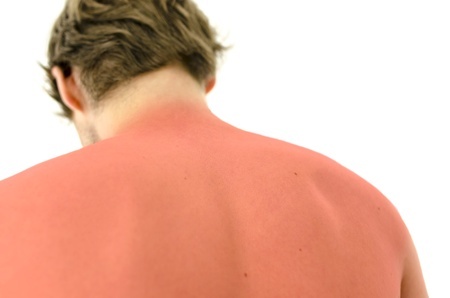Halloween is almost here! It is a great time of year to see all those cute kids show up on your doorstep in their fun costumes. You might already be thinking how you can provide a healthier alternative treat to sugary candy. Here are some frightfully good ideas for your little monsters.
Non-Food Ideas
Many people have gone away from handing out food. This way, you completely avoid all that sugar, and dodge the food allergy issues. It’s great to hand out treats that aren’t food. Here are some ideas:
- Small toys or games
- Stickers or temporary tattoos (Kids love Halloween-themed ones like pumpkins, ghosts or spiders
- Halloween crazy straw they can use later at home
- Cute little water bottle they can use at school or for sports
- All kids love bubbles
- Coloring books and crayons, pencils and erasers
- You’d be surprised to know how many parents are handing out small canisters of Playdough which kids really get excited about.
- You can be really creepy and hand out plastic bugs like spiders and cockroaches. Ewwww!
- Glow sticks are a favorite with kids. These can usually be purchased in bulk, are affordable, and most of all, kids have a ball running around with them in the dark!
Food Ideas
Some parents are making their own snacks like healthy trail mixes or Chex mixes or dark chocolate recipes. Just be careful about nut allergies. You can make home-baked cookies, too, and even adjust the recipe to make it healthier! Popcorn balls or individual bags of popcorn are great too; just watch the little goblins to make sure they don’t choke on the popcorn!
How about handing out pre-packaged individual granola bars, pretzels or cheese sticks? Kids can eat them on the run from house to house for a quick energy boost!
Candy
If Halloween just won’t be the same unless you hand out candy, try candy with organic sugar or even a sugar-free candy or gum. There are more and more organic candies on the market, from jelly beans to gummy bears, and everything in between. What Halloween would be complete without chocolate? Instead of sugar-laden candy bars, try to hand out small individual squares of healthy dark chocolate.
Try these alternatives this year. You’re sure to have lots of pleased ghosts and goblins wanting to come to your house every Halloween!



